Our vision is a People’s Museum of the Troubles and the Peace Process that addresses the conflict in all its complexity; that celebrates the resilience of people during the conflict, and pays tribute to the courage and creativity of those who delivered the peace.
Our role is to nurture this initiative by bringing together stakeholders to help realise this economically beneficial and socially desirable project. It is one of the building blocks of a shared future.
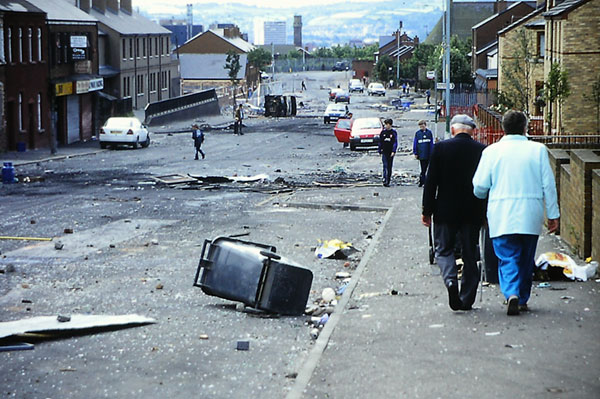
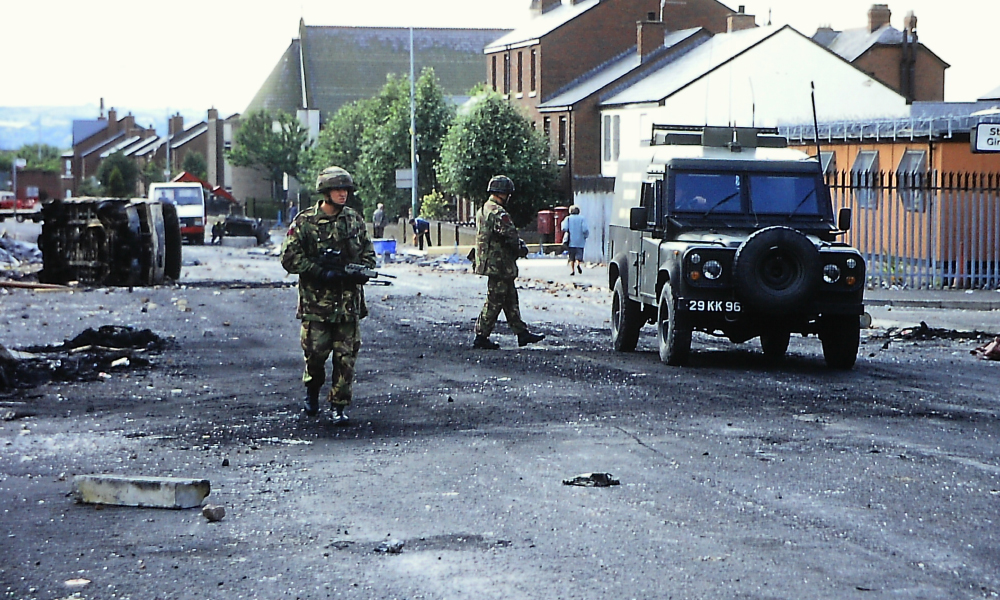
Three decades of conflict have left deep scars. The Troubles touched every aspect of life in the North of Ireland and that legacy is still with us. The peace process has brought major gains, not least demilitarisation and a largely peaceful society. Much more needs to be done before we have a society at peace with itself. A shared future means reflection on a divided past. A People’s Museum of the Troubles and the Peace Process is a safe space to promote a deeper understanding of the conflict. The pathway out of conflict offers lessons to other deeply-divided societies.
Northern Ireland has some excellent museums, heritage sites and attractions. Game of Thrones fans are spoiled for choice while aficionados of the Titanic can immerse themselves in the Titanic Experience, a purpose-built visitor’s centre a stone’s throw from where the passenger liner was built.
Yet, more than twenty years after the Good Friday/Belfast Agreement brought Europe’s longest-running conflict to an end there is no dedicated space where people can go to learn about the Troubles and the Peace Process
There is a wealth of material available to tell informative, engaging and challenging stories about the Troubles. Among these are: personal items, oral testimonies, clothing and uniforms, political literature, weapons, documentary photos, film and audio reports, music, art, drama and poetry. The Ulster Museum has already made an excellent start but is constrained by space from delivering the range of exhibits that would truly reflect the complexity of those troubled times and the initiatives for peace at local, national and international level. With Digital technology we can create immersive experiences that evoke the darkest days of the Troubles. With archive television clips we can also conjure up those moments of ordinary living, of people coping and of the quest for peace. Rock music, punk music, sport, comedy (including the famous ‘black humour’) are all part of the story. The museum would liaise with private collectors and the curators of existing collections to bring to the attention of the public Troubles memorabilia that have remained hidden for lack of space to display them. An acquisitions budget would enable the museum to purchase content and preserve it for posterity.
Creative responses to the Troubles are rich and varied. Drama, novels, poetry, music and the visual arts would all have a presence: from Seamus Heaney to the Divine Comedy, Paul Brady to Derry Girls.
In addition to the permanent displays, special exhibitions and commissions would highlight particular themes or anniversaries. An events programme would combine public workshops and discussions with academic conferences.


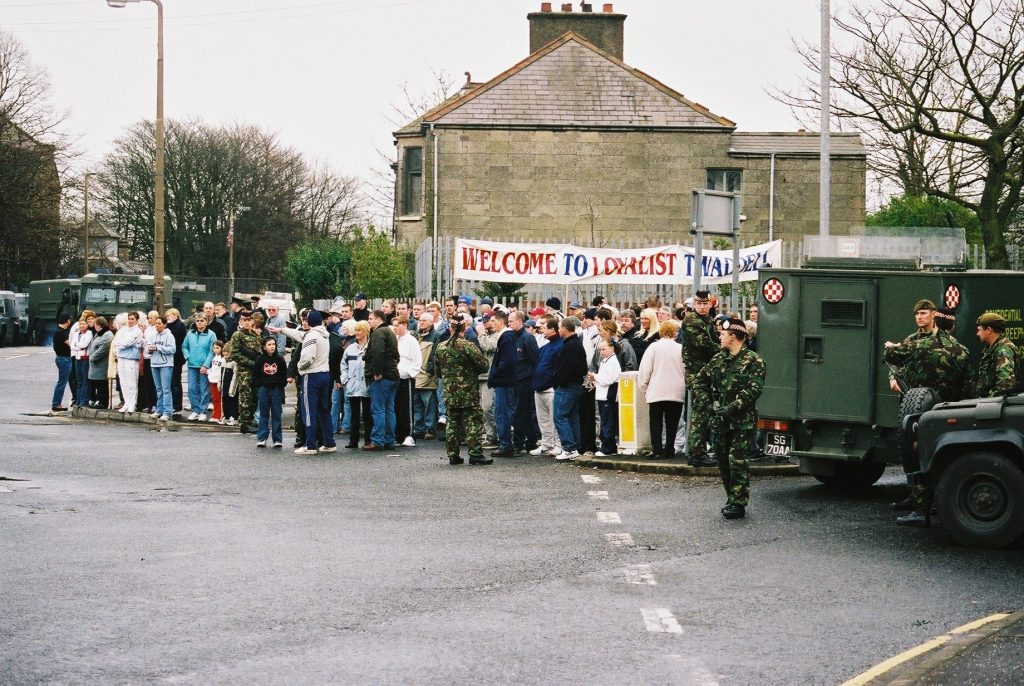
The museum would be international in outlook and the Troubles would be viewed in the context of other ethnic and national conflicts with the Northern Ireland peace process serving as a template for societies transitioning from conflict. In this way the museum would act as a peace centre and peace-building resource for the wider world.
This initiative seeks to encourage major potential stakeholders, including National Museums Northern Ireland (NMNI), Belfast City Council, Northern Ireland Assembly, Queen’s University Belfast, Ulster University, Co-operation Ireland and other charitable foundations to bring into being a Museum of the Troubles and the Peace Process.
The Board for the initiative would include representatives from the principal stakeholders and a number of international experts. This will ensure that the museum’s governance model, predicated on the values of inclusion, objectivity and independence, was strictly adhered to.
We are aware of a wide network of dedicated and resourceful support groups, community projects and visitor centres which address specific aspects of the Troubles. We would propose acting as a hub, connecting and showcasing work which is already in the public domain. The aim is to complement and aid existing initiatives while moving onto a hugely ambitious and more comprehensive plane.
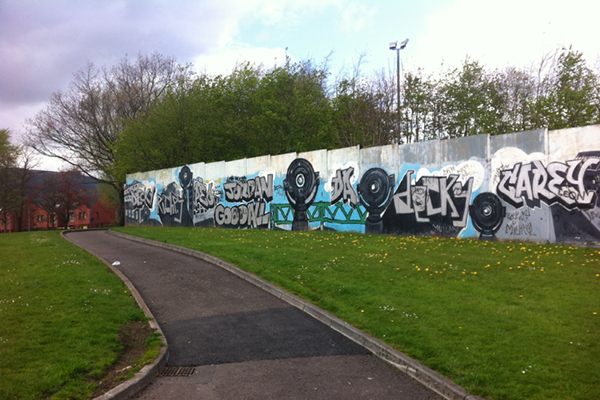
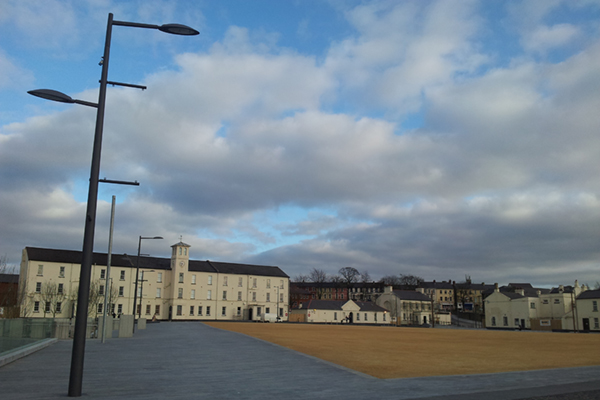
There are a number of possible sites for the museum – Belfast and Derry/Londonderry are obvious candidates while a destination museum outside an urban area is also a possibility. With suitable safeguards, the Maze site might come in for reconsideration. The museum has to be located where people from all communities feel welcome and should be reachable by public transport to encourage maximum footfall.
The museum will provide quiet areas for visitors who want to take a break to reflect. Trained facilitators will be on hand to answer questions, conduct informative discussions and provide support.
Evidence suggests that international visitors are interested in the Troubles and are keen to learn more about the history of conflict in Ireland. Tourism numbers in Belfast and other towns and cities are growing. There is room for a major museum to complement the Black Taxi history tours, the Ulster Museum’s Troubles and Beyond exhibition, the Museum of Free Derry, the Siege Museum and Visitors Centre in Derry/Londonderry as well as the Museum of Orange Heritage at Schomberg House in Belfast.
In Ireland, north and south, there is inter-generational interest in the conflict and its subsequent peace process. More than two decades after the Good Friday Agreement, Northern Ireland is ready to create a museum that will educate its children and create a space for healing and reconciliation for all its citizens. It may well be one of the most effective ways of handling the complex question of legacy issues.
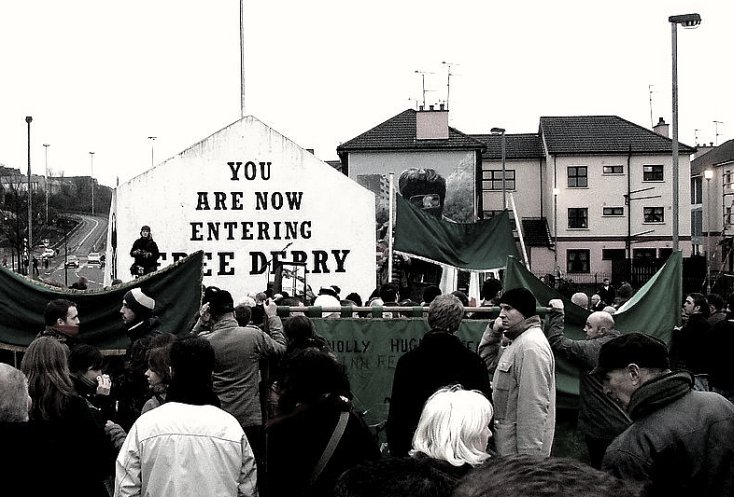
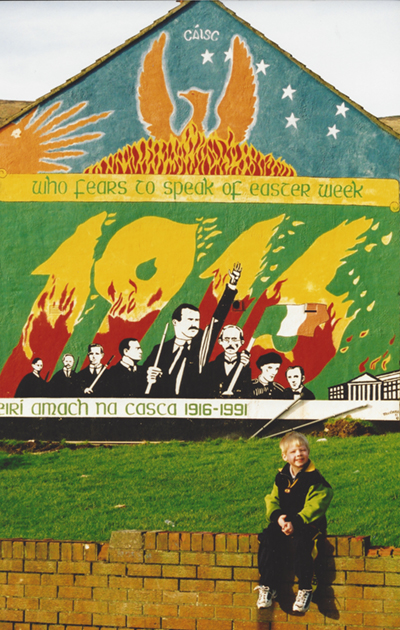
Our proposal for an imaginative visitor attraction would make a strategic contribution to Tourism Ireland’s infrastructure, generate service sector employment and increase export earnings by attracting tourists from within Ireland and abroad.
Over the years the international community has shown goodwill towards Northern Ireland as evidenced by the European Union’s Peace and Reconciliation Fund, the support that the United States, Canada and New Zealand have given the British and Irish government’s International Fund for Ireland.
The Rowntree Trust and private donors such as Atlantic Philanthropies have also made generous donations to projects that promote reconciliation and understanding. There is a wide range of potential sponsors, philanthropic individuals and corporations who could contribute to the project. First the vision, then the funding.
A major international fund-raising appeal, assisted by individuals prominently associated with the peace process in Northern Ireland, is a necessary first step. This might include one of several Nobel Peace Prize winners from Northern Ireland, a former President of the Republic of Ireland, a former British Prime-Minister, a former President of the United States, as well as some outstanding clergymen and women from the different denominations.